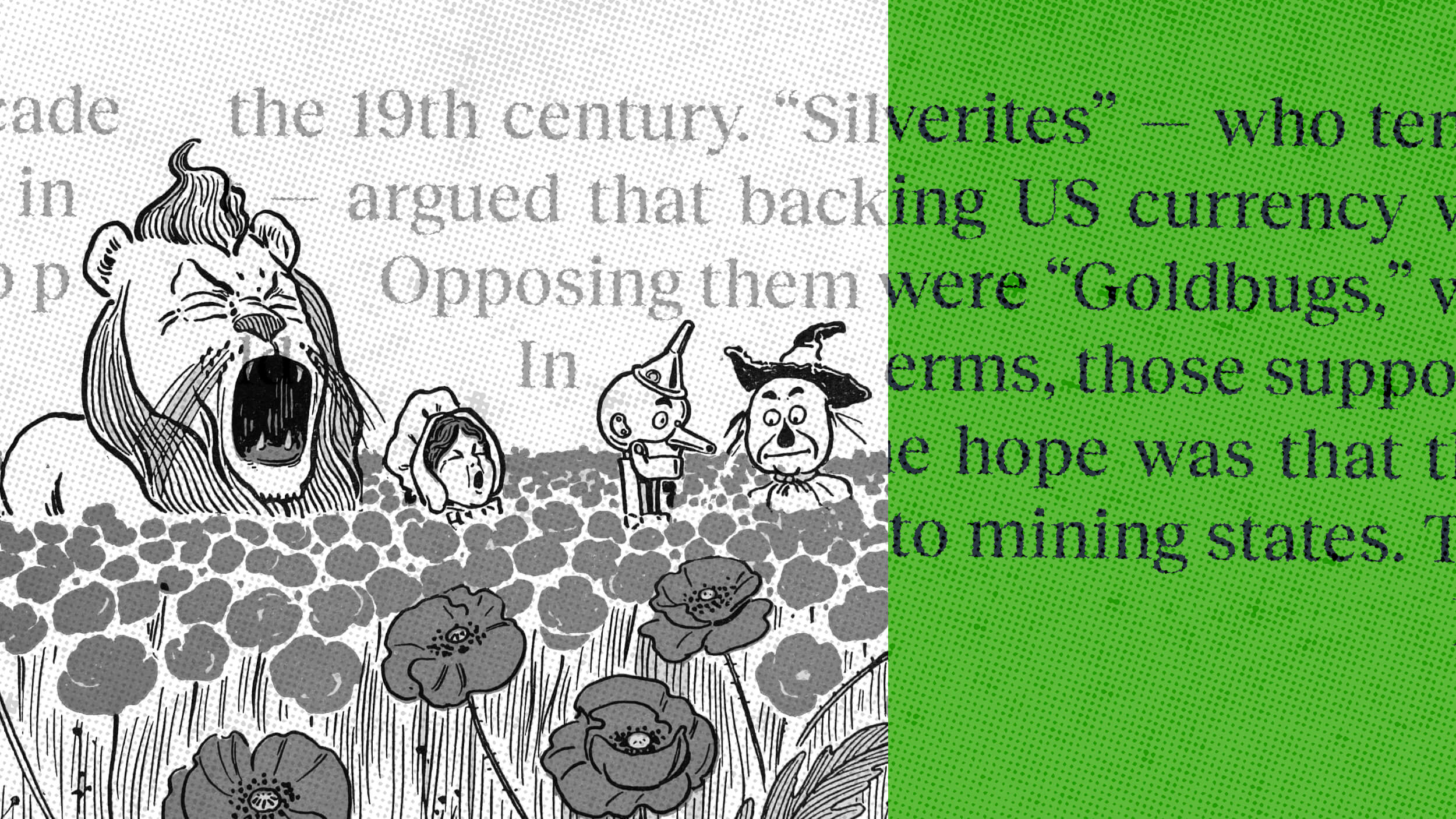How Our Depiction of WWII Abandoned the Front Lines

Even while wars have unfolded in all kinds of ways since it ended, World War II remains the war to end all wars. It’s scope so large that seemingly everyone on the planet is somehow connected to it. That’s probably part of the reason the war and its larger-than-life characters have been depicted in so many different ways in popular culture with varying degrees of success. Today, what used to be a backdrop for front-line battles has become an analogy for the darker thoughts in our soul.
While we’ve already documented the sudden fascination with Nazis and Hitler, these figures have gone from iconic historical figures to objects on which the world now projects deep-seeded anger and a yearning for revenge. And it’s those darker thoughts we all harbor that have changed the depiction of World War II from a series of strategic battles on the front lines to a vehicle for our own need to avenge and destroy evil.
In a way, this shift isn’t terribly surprising. After all, the wars America currently fights were built at least partially on a need to enact vengeance, not so much against a country, but a prototype: the terrorist. So now a war popularized in film by its fierce battles has provided the backdrop for stories of outright revenge in recent depictions like Valkyrie and Defiance, stories rooted in historic events that involve rogue acts of vengeance. And with Quentin Tarantino’s Inglourious Basterds, a work of historical fiction that has become one of the most-successful WWII films of all time, the WWII revenge flick has become its own genre.
“While there have been some great movies and games focused on the soldier off at war, that story has been told so many times before. I think people are starting to see that there are a lot of interesting stories inside of the war that take place away from the front lines,” says Tom French, the Lead Developer of the Saboteur, a new video game that explores similar Basterd themes of vengeance. “For us it was critical to make the story of the Saboteur personal rather than political to separate ourselves from the perception that WWII is a tired setting for games. Up until recently in entertainment, the story was generally about the good soldier struggling to cope in the war. Inglorious Bastards really helped bring this idea [of revenge] more into focus recently. It is a great example of a high-spirited romp killing Nazis, which is something that really seems to never get old.”
Broadway has followed, with the Retributionists, a similar tale of Jews wreaking vengeance. Some of this deep anger is even now governing how Europeans look to commemorate events from the war. Until recently, the only other depictions of World War II generally dealt with either victimization or demonization. But the shift to World War II as a personal place where people project their anger and not their more-pragmatic side could be simultaneously therapeutic and entertaining.




